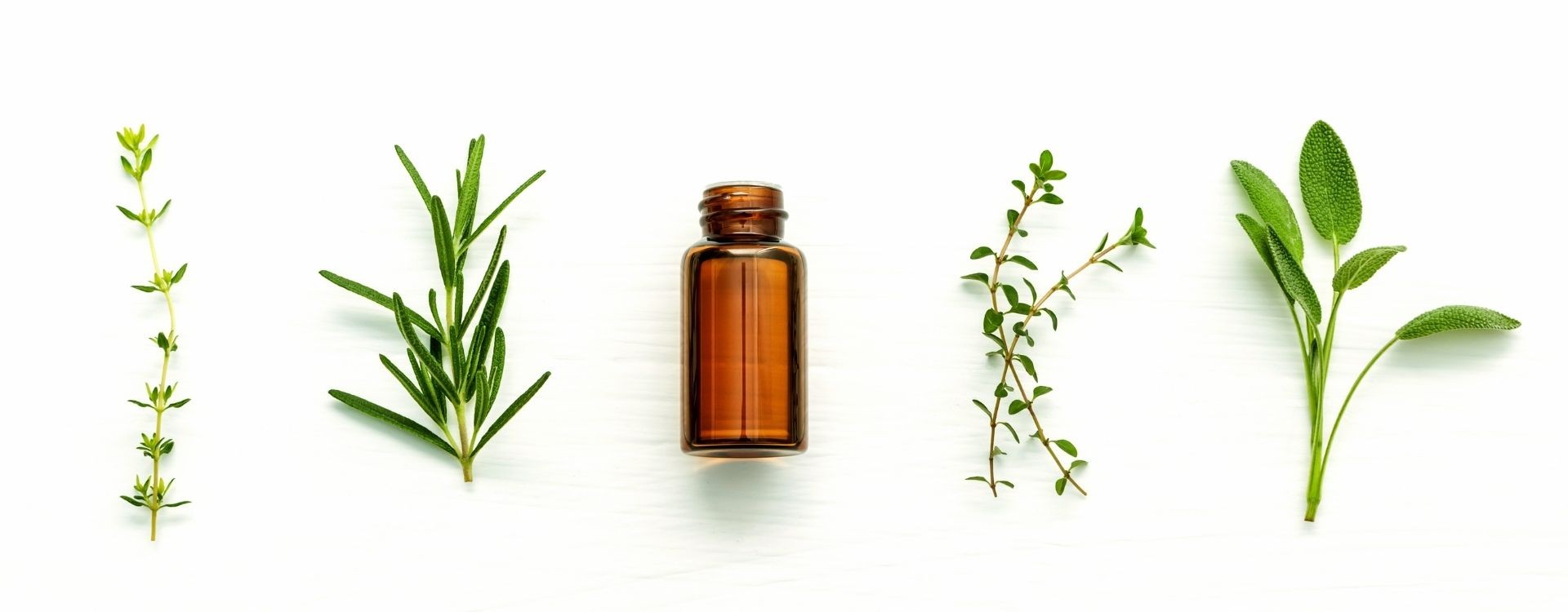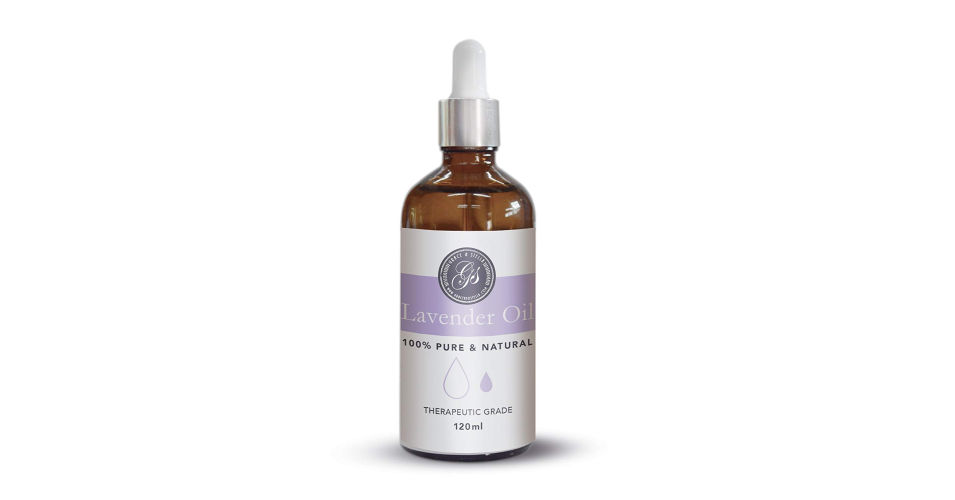
Set 3 oli essenziali Eucalipto - Tea tree - Ravintsara 100% Puri Naturali Biologici certificati Uso interno Terapeutici Alimentari - Diffusori Aromaterapia Cosmetica - Laborbio : Amazon.it: Salute e cura della persona

Olio di eucalipto, prodotto biologico certificato COSMOS, olio essenziale puro, miglior grado terapeutico per aromaterapia, massaggio, diffusori e bagno, 50 ml, e-book gratuito : Amazon.it: Salute e cura della persona

Set di oli essenziali biologici certificati biologica, 100% oli terapeutici per aromaterapia, menta piperita, arancia dolce, eucalipto, albero del tè, lavanda e citronella, e-book incluso : Amazon.it: Bellezza

OLIO ESSENZIALE BIO 100% Puro 10 Ml - Uso Interno Terapeutico Alimentare Diffuso EUR 16,99 - PicClick IT

Set di oli essenziali biologici certificati biologica, 100% oli terapeutici per aromaterapia, menta piperita, arancia dolce, eucalipto, albero del tè, lavanda e citronella, e-book incluso : Amazon.it: Bellezza

Set 3 oli essenziali Eucalipto - Tea tree - Ravintsara 100% Puri Naturali Biologici certificati Uso interno Terapeutici Alimentari - Diffusori Aromaterapia Cosmetica - Laborbio : Amazon.it: Salute e cura della persona

Set di oli essenziali biologici certificati biologica, 100% oli terapeutici per aromaterapia, menta piperita, arancia dolce, eucalipto, albero del tè, lavanda e citronella, e-book incluso : Amazon.it: Bellezza

Olio essenziale di albero del tè australiano, prodotto biologico certificato COSMOS, olio per aromaterapia di grado terapeutico, 10 ml, e-book gratuito (Melaleuca Alternifolia) di Ecodrop : Amazon.it: Salute e cura della persona















